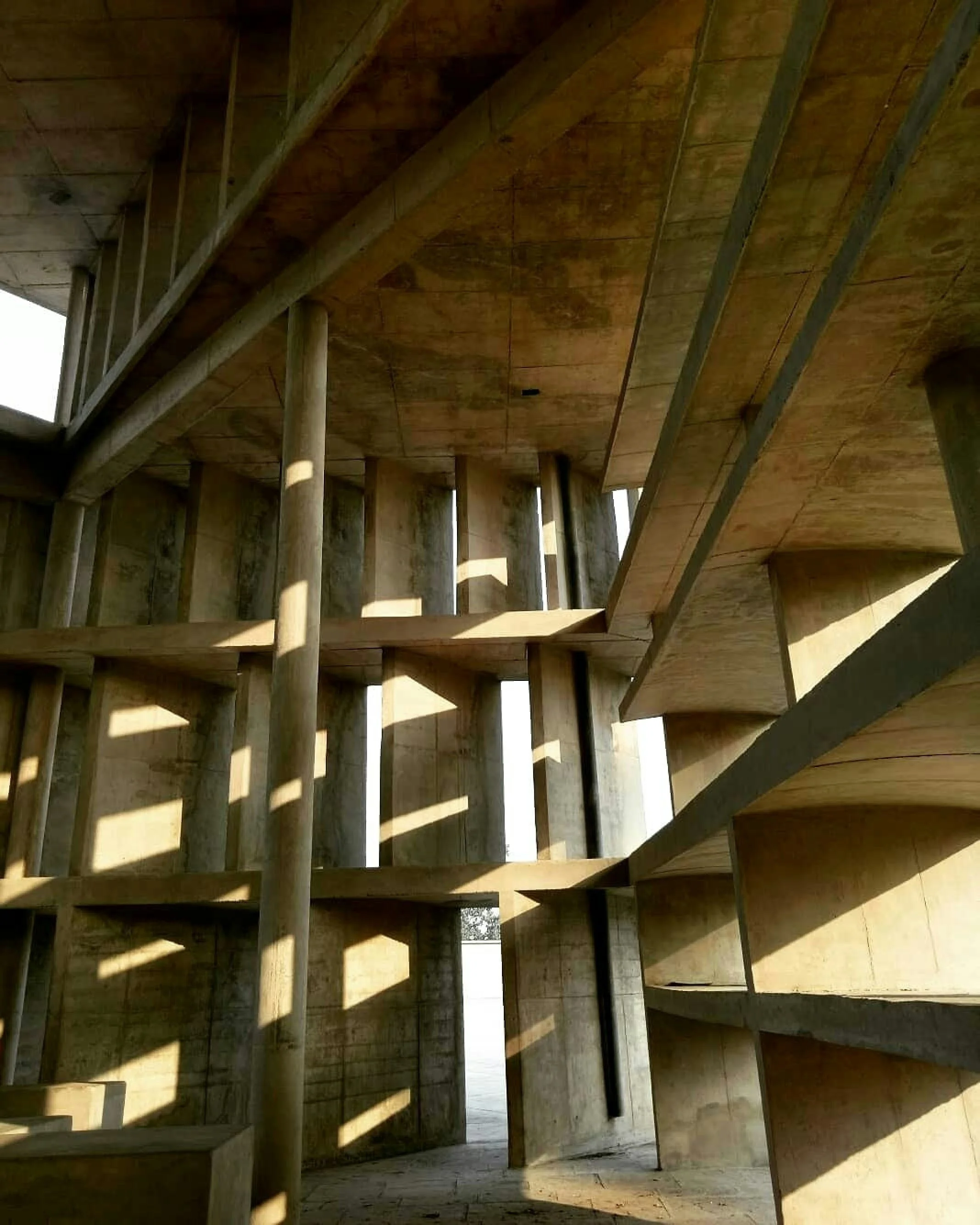chandigarh, india
the concrete jungle
As the capital of the Punjab and Haryana regions, Chandigarh is one of the many bustling centres of Northern India. However, it differs from its other Indian counterparts due to something which is best seen from above - its urban planning.
It’s origin stems from the partition of India in 1947 - due to the eastern region of Punjab which laid in India having no capital, Chandigarh was chosen as a blank canvas, a ‘shiny new project’ to attract new residents. Chandigarh was designed by the Swiss-French icon of modern architecture, Le Corbusier, designed around the notion of moving people around a city efficiently. The city’s road structure consists of more than 50 rectangular blocks which are laid out in a perfectly consistent pattern, with its main roads going between the blocks to allow for fast and organised movement.
Different planned zones of Chandigarh allow for certain needs of the city to be concentrated in specific areas - such as the government sector in the north and the industrial sector in the south, separated from residential areas by mango tree plantations to tie into its local agricultural heritage.
Corbusier’s signature modernist style of architecture can also be seen in the city through buildings such as the Capitol Complex and the Court of Justice - bold and excessive uses of concrete as well as perfect geometric forms are evident. It is as a result of Corbusier’s approach to design that Chandigarh manages to create an atmosphere which is unique to itself - a blend of European modernist architecture and urban planning, which is fit for the needs of an Indian climate and population. It’s success shows - as of 2025, Chandigarh is considered one of the safest cities in India due to many factors which stem from its urban planning - such as easily patrolled streets and a lack of darkly lit alley ways which are common in other Indian cities. Furthermore, Chandigarh has the highest human development index in India as well as the 6th highest family income in the country.
Despite these successes, there are many ethical issues which need to be addressed when looking at Chandigarh. Entire villages had to be relocated to make way for this project, disrupting the lives of existing Indian communities. In addition, it can be argued that using the thoughts and ideas of a white European to manufacture an environment for a group of people who’s country has already been impacted by the acts of the British Empire further pushes the idea of white saviorism onto India. Would it have been more appropriate to work with the existing community and spotlight Indian architects when planning Chandigarh?
Whilst these questions may never be answered, as a society we can still appreciate the beauty of Chandigarh and the way it left an impact on the world of urban planning.


